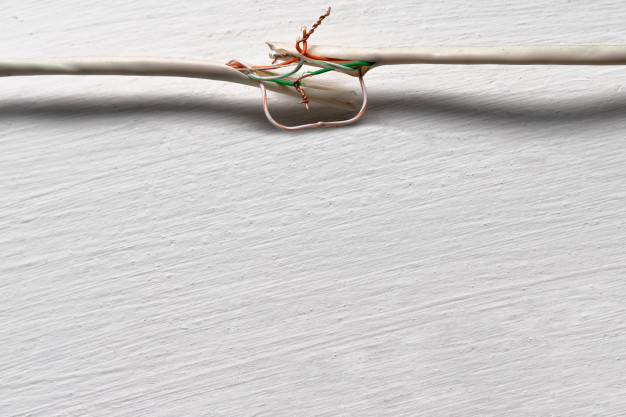
Finding a fiber cable fault is a real hard task for the technicians, but with time, advancements have helped the technicians find the faults more accurately and relatively easier. The fiber cable fault occurs where long cables are used, such as airplanes, trains, escalators, ropeways, etc. Finding cable faults is a risky as well as a very responsible task.
The technicians earlier used mobile testing units, high voltage test spikes, and other rough and ready testing methods. Now the testing has advanced for various wirings and is proving to be a great help in sustaining the damage that the faulty cables may cause.
Cable Tester Prowler is one of the many new methods used to locate any hidden faults in types of wirings and cables, even at 1000 feet or more.
Here, we will discuss a few methods used to locate the faults in fiber cables.
The causes for a fiber cable fault could be squirrels (extremely fond of cable wires) chewing them off, Natural calamity, tall vehicles being driven on roads, or vandalism caused by people. You must understand that the methods used to locate the problem in different cables and wirings may vary.
Along with all the pieces of equipment that are necessary to pinpoint a short in any fiber optic wire, a logical approach is also important. The necessary set of test equipment includes a power meter, an optical time-domain reflectometer, and a visual fault locator.
TDR- Time Domain Reflectometer
The widely used method to find the actual place of fault in wirings or cables is OTDR (Optical Time Domain Reflectometer).
This method ensures that fiber cable exhibits less loss than the allowable maximum loss budget for any application.
OTDRs have characteristics like attenuation uniformity, attenuation rate, and location splices connector’s insertion loss, or bends that occur during the installation or afterward due to any internal or external factors.
Time Domain Reflectometry operates by sending a short pulse along the line in question, i.e., using electronic principles to locate the cable fault. When there is a discontinuity in the line, the energy reflects back to the reflectometer displaying where the short, bend, or open is. They are designed to even locate faults on 100feet cables or more.
The technicians can now easily calculate the length of the cable segment and observe any open or shorts by viewing the signals reflected on the waveform.
Different variations are used to calculate different shorts on wirings and cables. E.g., to locate a fault in the airplane, TDR will use SSTDR that is Spread Spectrum technology, to locate the problem. The Spread spectrum technology helps in finding the problems without interfering with data or other signals.
TDR testing generally relies on cables that do not have proper termination impedance on the other end. If there is any cable fault, the tester knows the type of fault, whether it is open or short; the device even shows the distance to the short, making it further easier for the technicians to plan their repair.
Rod coatings have been used successfully to reduce signal attenuation and preserve information needed to evaluate the dielectric constant in highly saline soils.
Uses of TDR:
Landline preventative Maintenance–
They are also used for preventive maintenance of telecommunication lines. TDRs detect the increasing insulation leakage and prevent damage.
Landline security surveillance–
Time-domain reflectors are amazing tools to detect any wiretaps by sensing changes in the impedance.
Circuit board testing–
Some specialized reflectometers can be used for failure detection in modern high-frequency printed circuit boards.
Time Domain Reflectometers have various industrial applications such as testing circuit packages, measuring liquid levels, etc.
The places generally have different types of wirings; Cables fit which may have faults in them. TDRs are used to check the working of cables even at the time of installation and afterward. This practice helps in delivering efficient projects.
The converter offers high-quality testing and networking services to organizations in Australia. If you are a business in Australia and need networking or telecommunication services, you can consider hiring them for your project.
Final Words:
The timely run of such a test also prevents the users from any major damage that may occur because of the faulty cables and wirings. TDRs are invaluable tools without which majorly the telecommunication industry will be largely affected in cost and labor.






